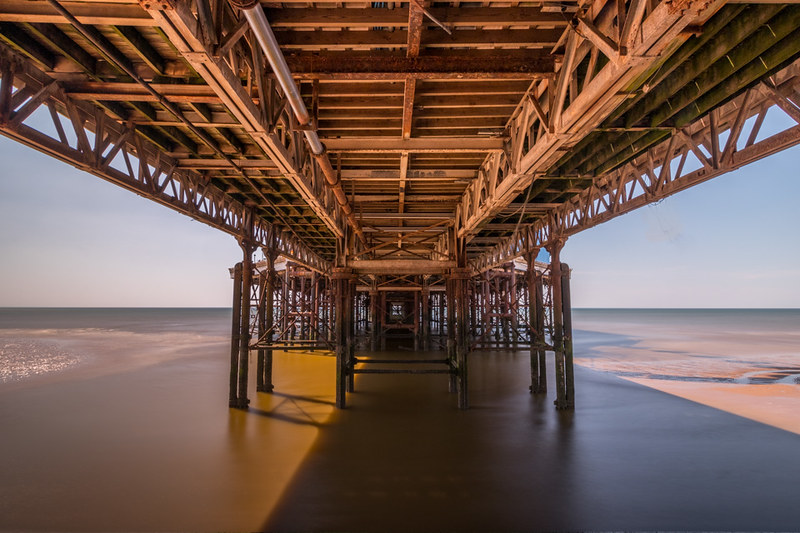- Messages
- 900
- Name
- Tony
- Edit My Images
- Yes
I have been in to my photography about 2 years now and have totally stayed away from going "manual" and have pretty much been aperture priority all the time apart from the occasional dabbling with bulb on long exposures but I went out with a professional yesterday with 3 others (Melvin Nicholson - excellent tutor and guide) who pushed me in to trying manual and wow what have I been frightened of.
With a few basic principles and shooting in live view I quickly grasped the idea and was loving it.
If you have been like me trying to ignore it I implore you to get someone to spend an hour or so explaining it to you and I am certain you will have enough knowledge to use it comfortably.
With a few basic principles and shooting in live view I quickly grasped the idea and was loving it.
If you have been like me trying to ignore it I implore you to get someone to spend an hour or so explaining it to you and I am certain you will have enough knowledge to use it comfortably.


 Blackpool Centre Pier
Blackpool Centre Pier